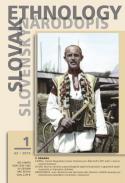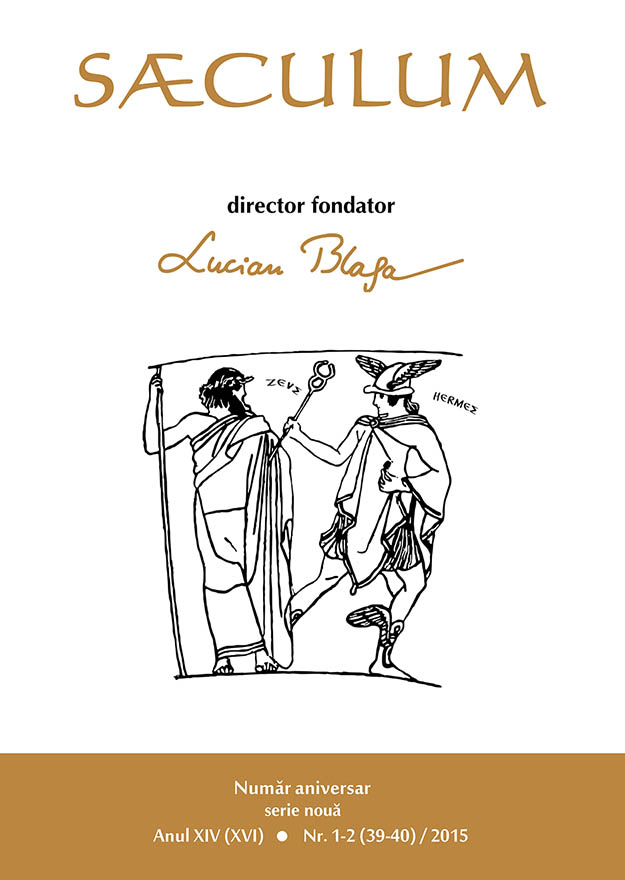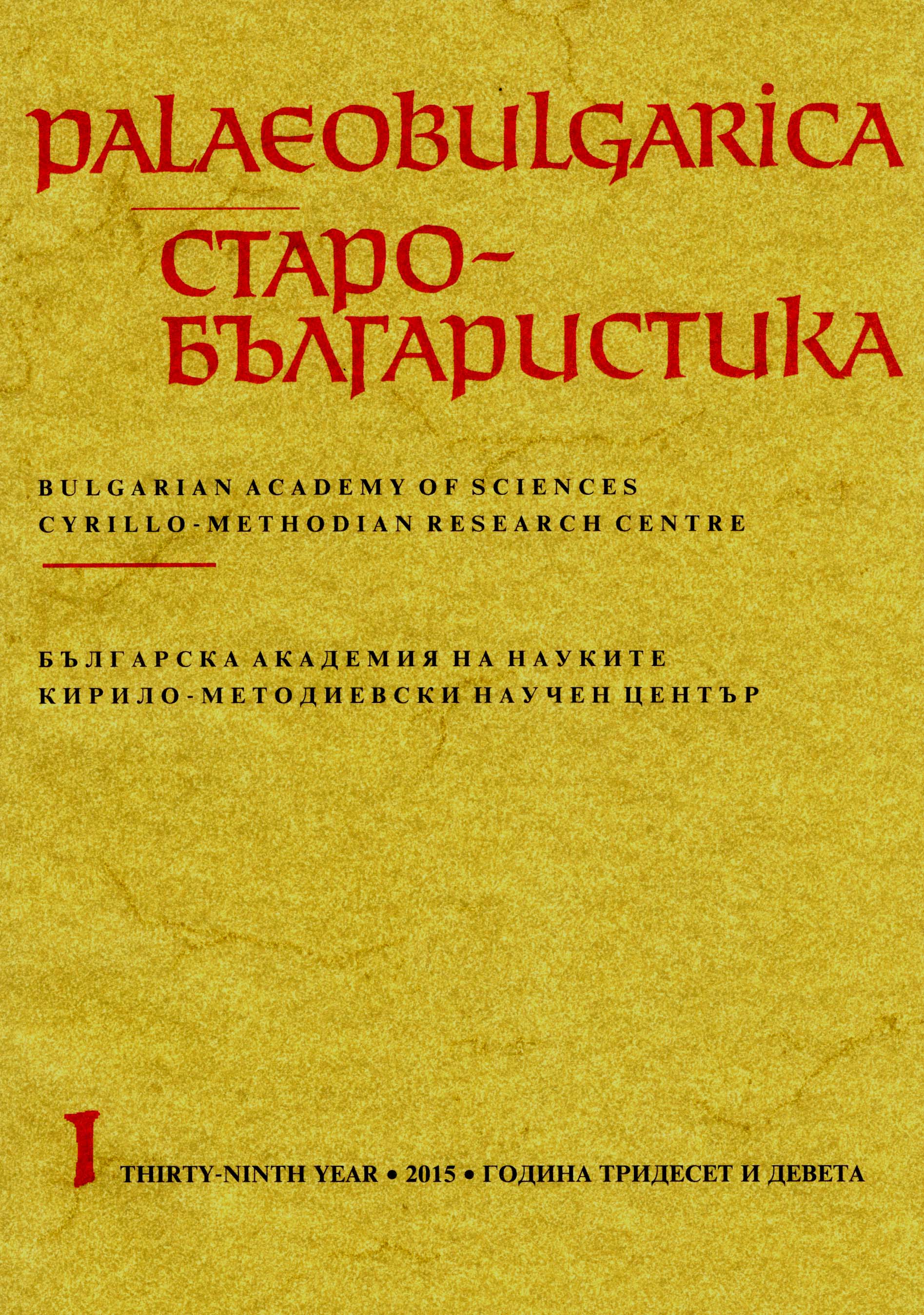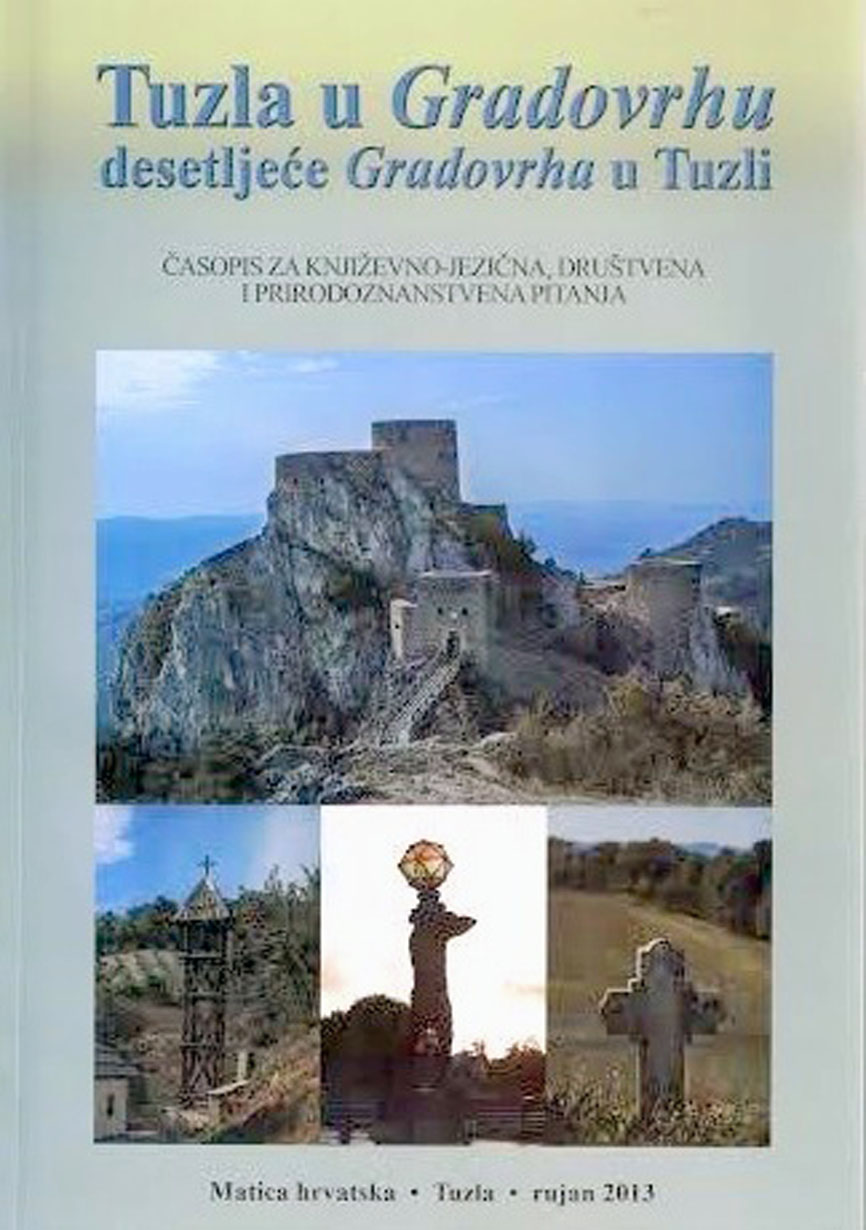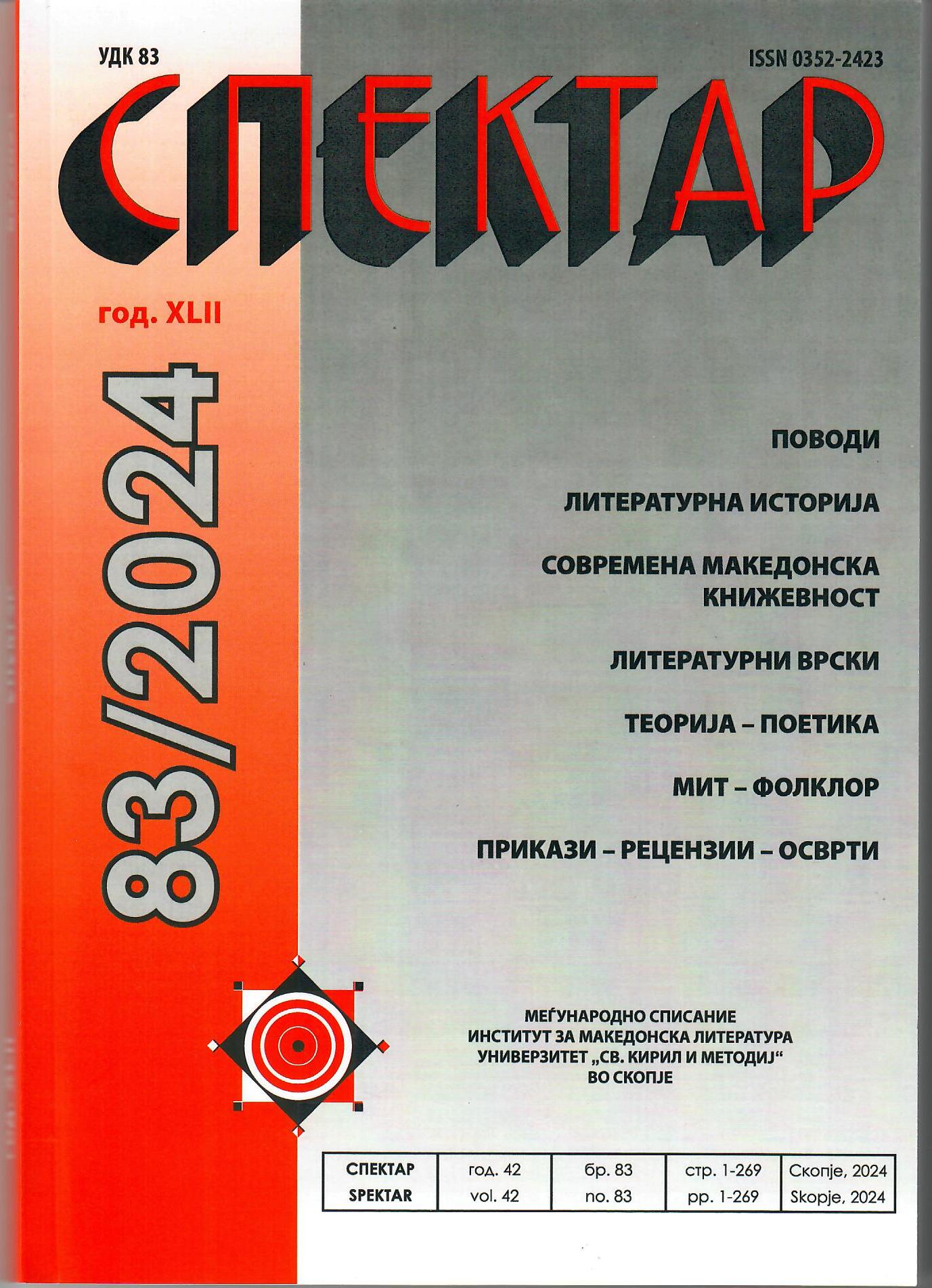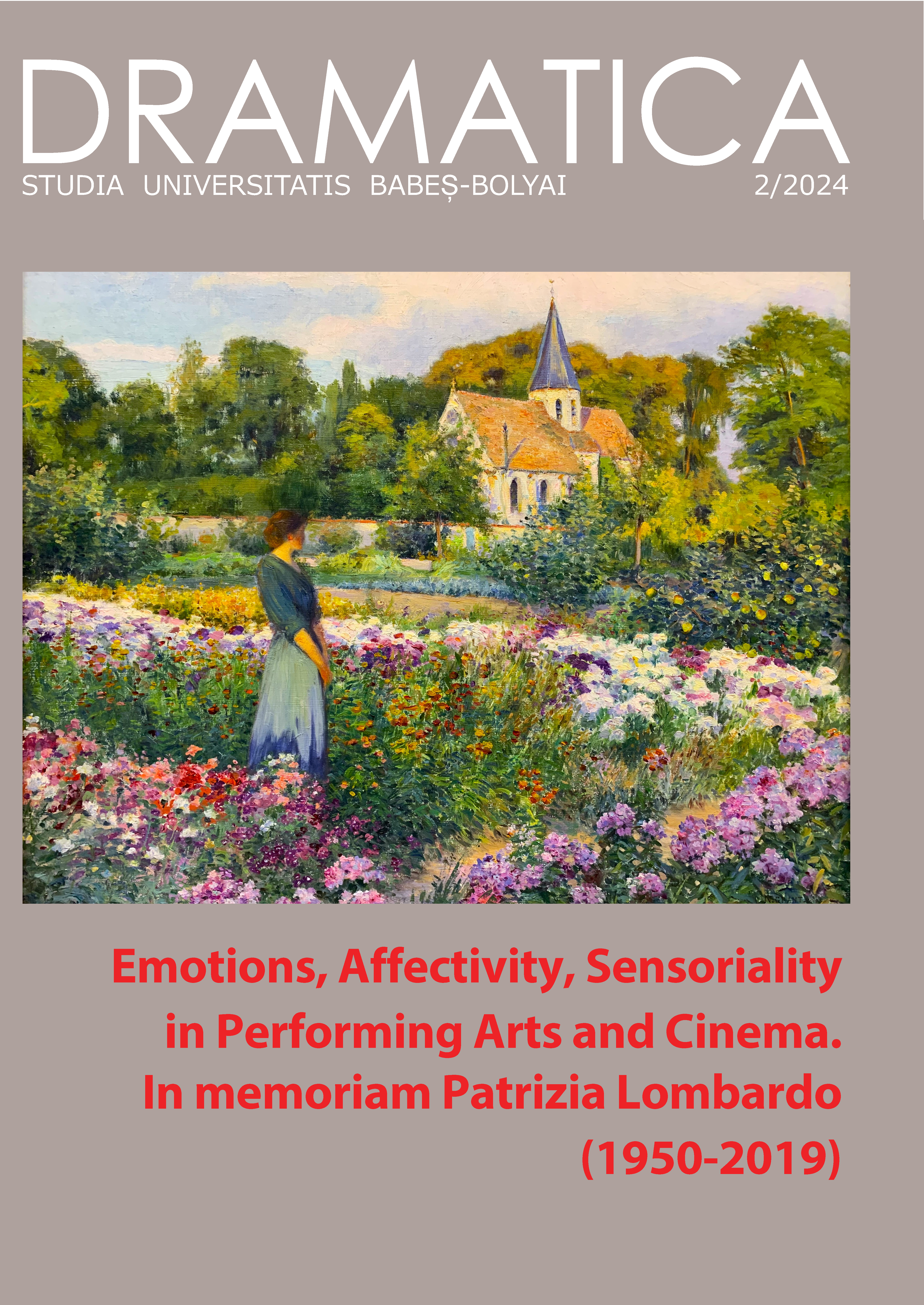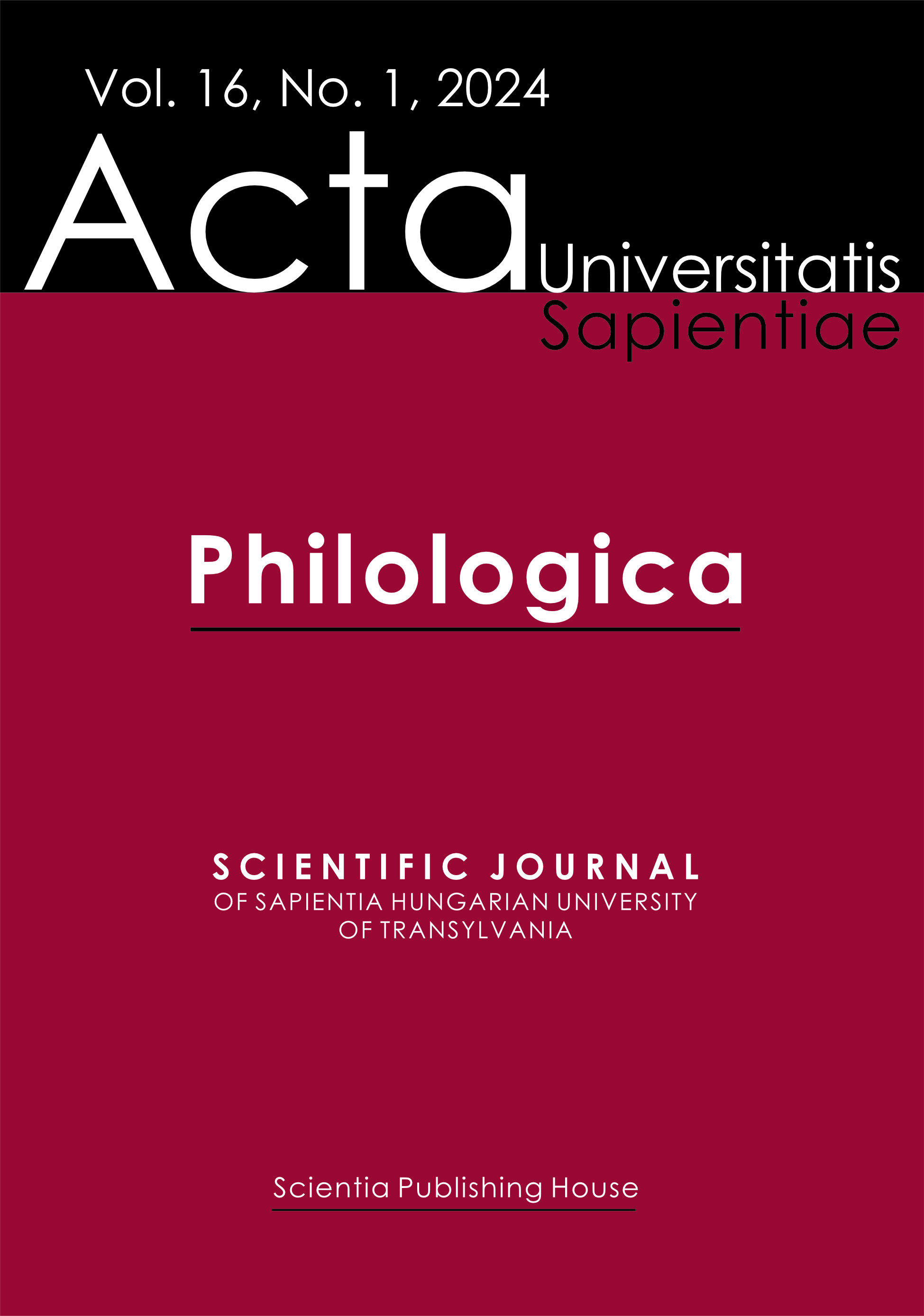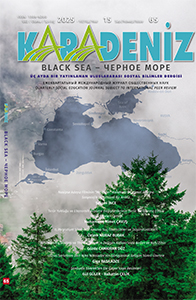
Maurice Blanchot and Space as Opening: Revelations of the Impossible
In describing literature and writing, from his early publications collected in Faux pas to some of his later texts, Maurice Blanchot evokes, from many perspectives, the limits of textual space, where it might reveal an opening. It would be this textual space as opening, which writers like Rilke, Broch and many others would pursue in an experience which is extreme, in a sense impossible. Such would also be the case of the poet Orpheus, who, in search of Eurydice in L’Espace littéraire, is dispersed. However, in L’Entretien infini, with reference to Emmanuel Levinas, Blanchot revisits the opening of language, in writing about radical alterity and the ethical relation to the opening of infinite transcendence. In L’Entretien infini, Blanchot also discusses Nietzsche’s limit-experience and fragmentary writing, as well as a paradoxical space relating to Nietzsche’s eternal return and revelation. What is the importance of these changing spaces in Blanchot’s trajectory of writing? Might they trace an opening beyond metaphysics, such as Jacques Derrida has elaborated in many texts?
More...
